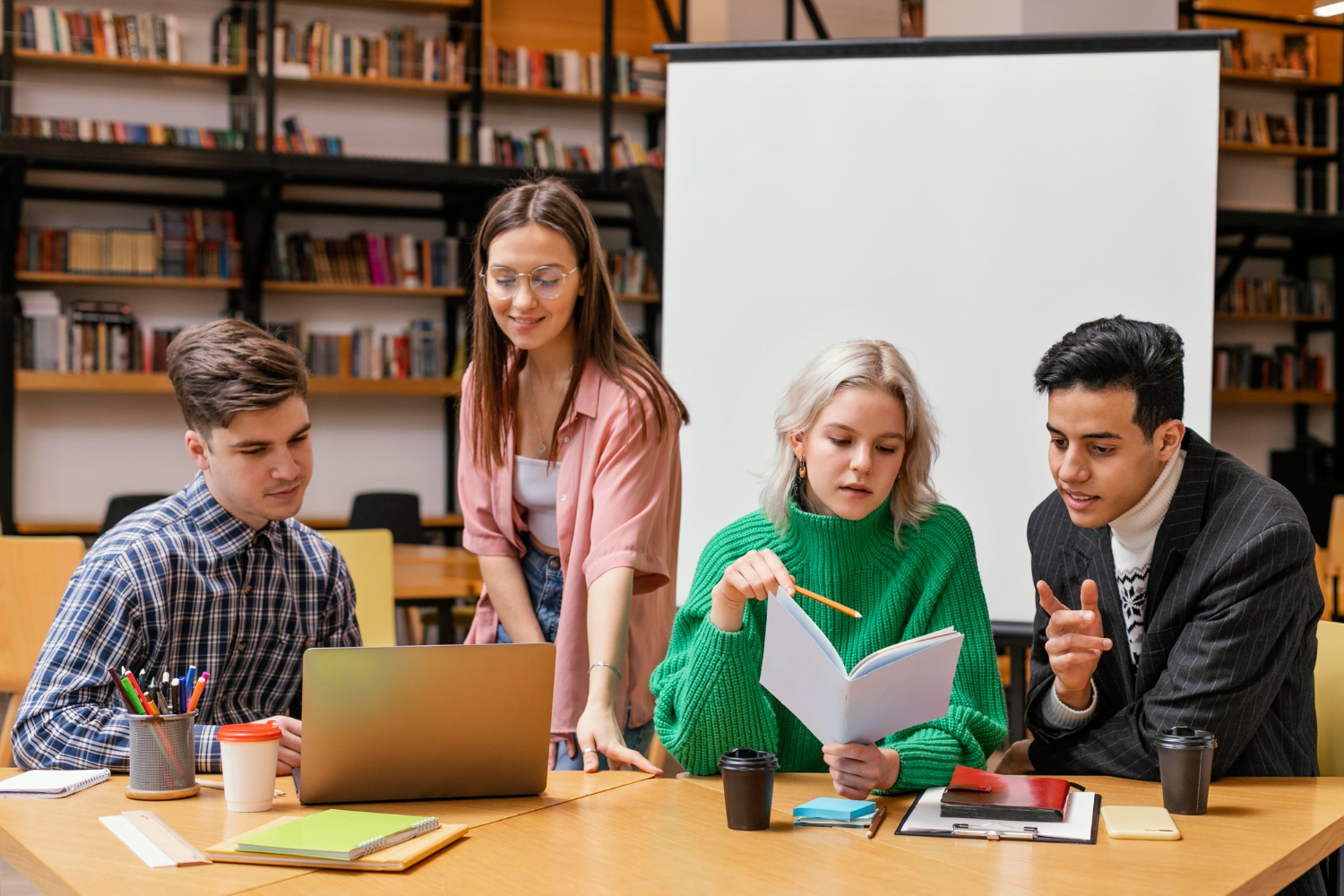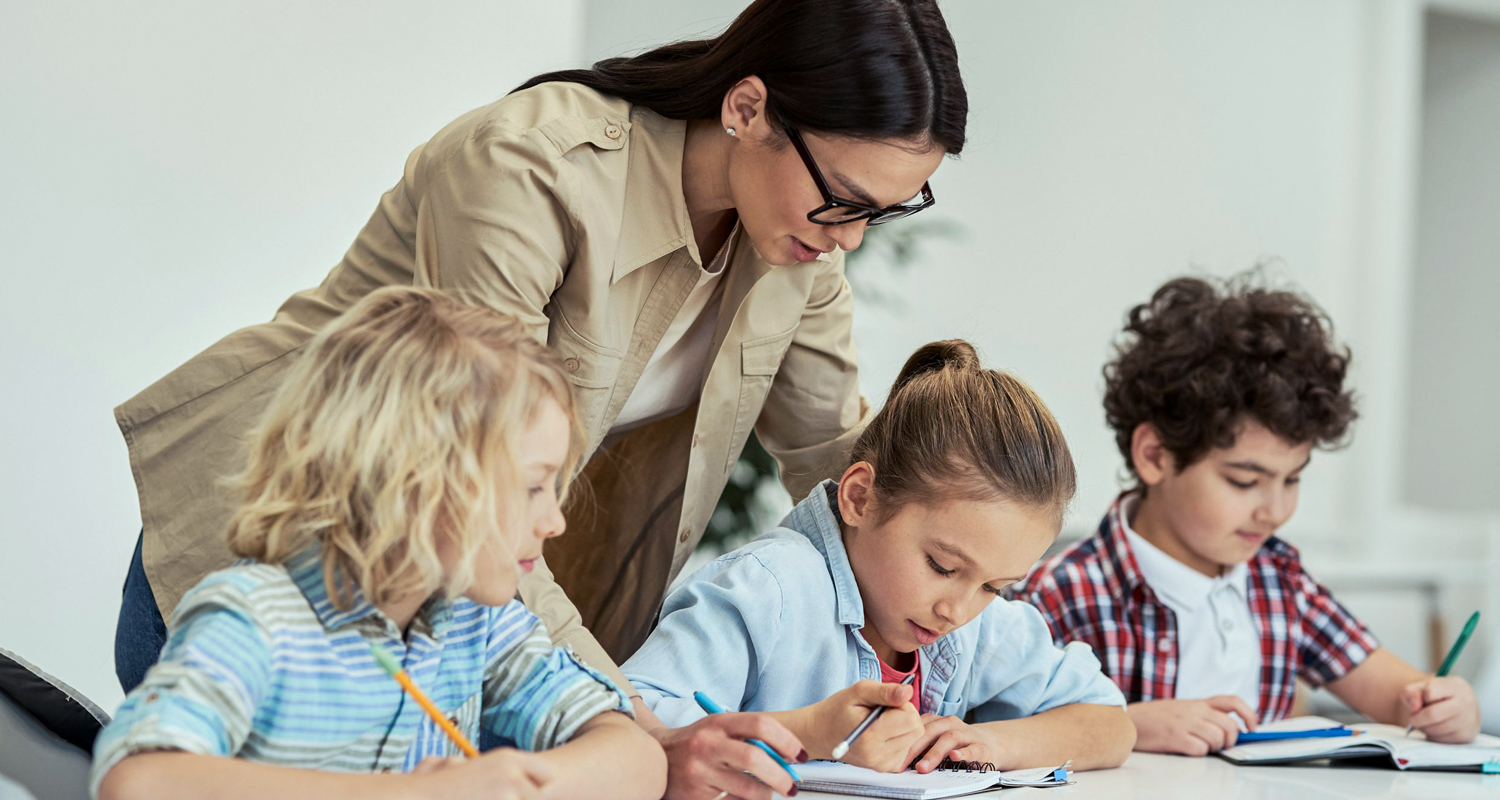Introduction to Learners types
Each individual learns uniquely, but the way and pace at which individuals receive information depend on personality, strengths, and environment. To know the essence of modern learning, which is highly diverse, it is necessary to understand the categories of learners in different settings.
Understanding the preferences of the learners enables the trainers, coaches, and educators to make flexible learning strategies. No matter whether it’s a school or an education and training courses provider, adapting to the needs of the learners is essential to increase engagement and performance. Rather than using a generalised instruction method, modern education is now focused on individualised learning.
.
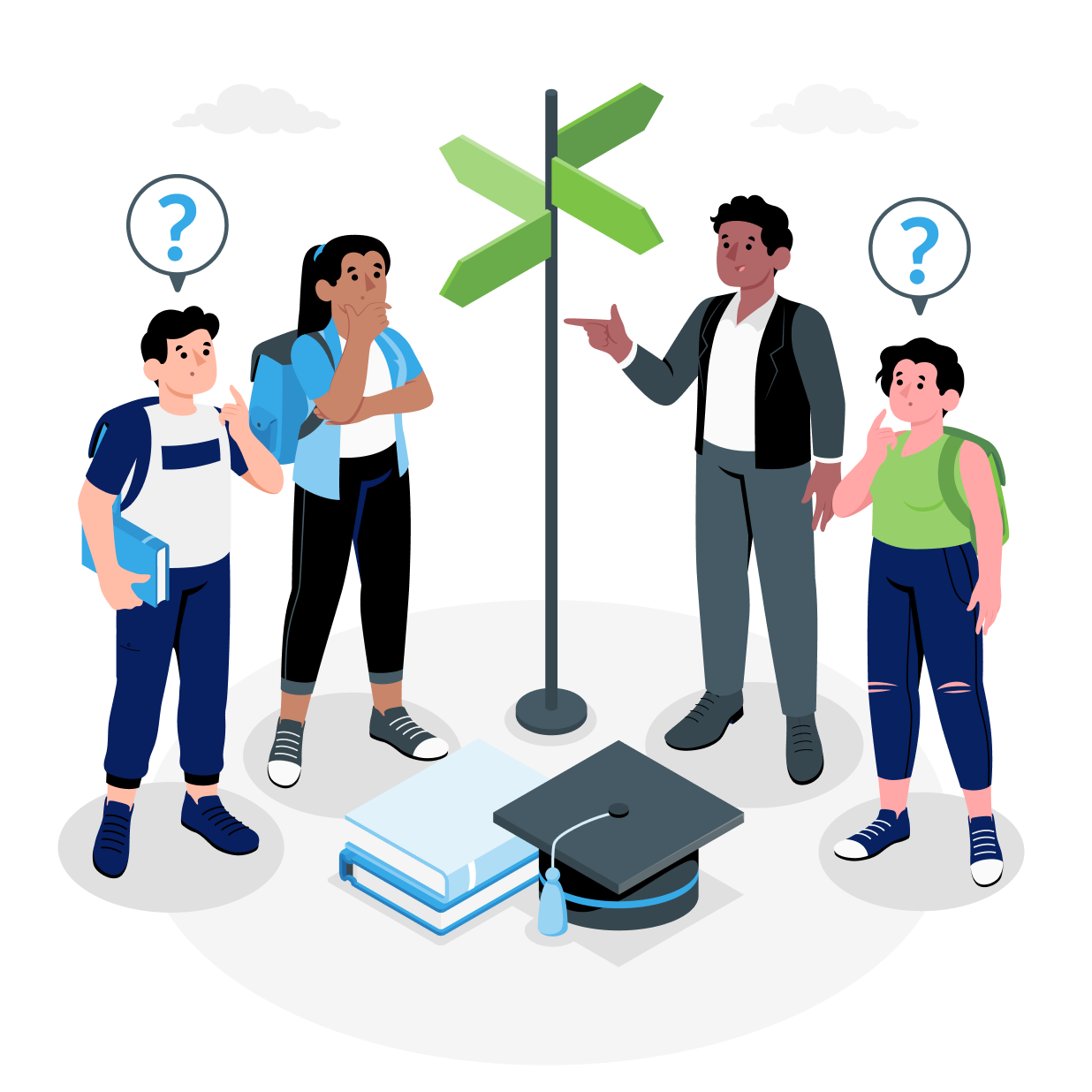
Why Understanding Learner Categories Matters
The classification of learners assists trainers and educators in creating inclusive learning environments in which everyone feels accommodated. The learners become more motivated and confident when the teaching methods are modified to suit their styles.
Recognising the various types of learners helps educators not only to plan lessons better but also to eliminate learning barriers and offer equal chances to all learners. If teachers know the ways students get and retain information, they will have no problem with making resources, activities, and tests that suit learners’ needs. It will not just increase participation but also support learners’ success.

The VARK Model
The VARK model, created by Neil Fleming, is one of the most common models used to classify the types of learners. VARK stands for:
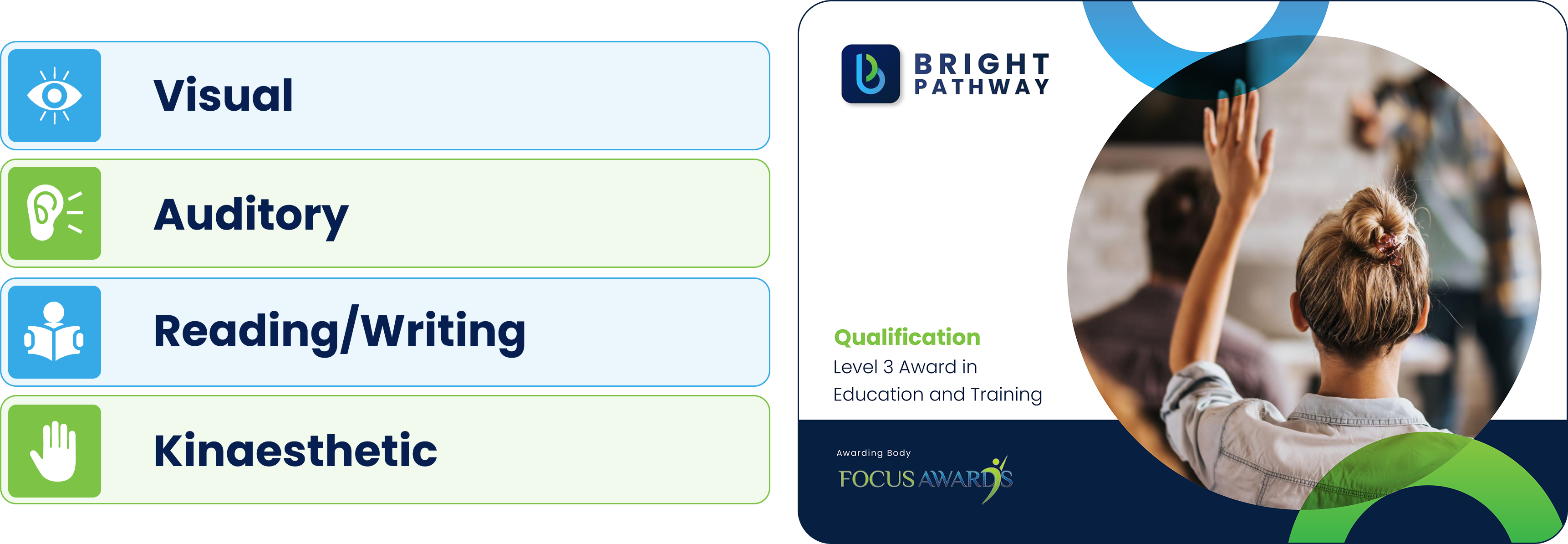
This model is an easy and impactful way to comprehend learning styles and customise training. Trainers usually take the Level 3 Award in Education and Training to understand and use inclusive teaching to create an effective learning environment for VARK learners. Let’s discuss each of these types of learners below.

Visual Learners
Visual learners are those learners who understand and remember information best when shown in a visual form. Images, charts, colours, and diagrams are the best ways for visual learners to acquire information. They love to see information as opposed to listening and enjoy learning materials in visual form.
Mind maps, visual presentations, and infographics will be effective in training sessions for visual types of learners. When a concept is described with the help of graphics or even flowcharts, then the visual learners will have a higher chance of information retention.
Challenges
Visual learners might face difficulties in classes when there’s a lot of spoken explanation and information is delivered without visual aids. They may also get bored during lengthy discussions or lectures that do not have a visual form, and hence, they find it difficult to remember.
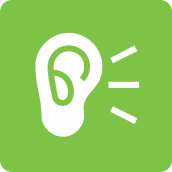
Auditory Learners
Auditory learners like listening and talking. They get to learn content more through discussions, lectures, and verbal explanations than through written instructions.
These learners like podcasts group discussions and question and answer sessions. Restating the information by reading out loud or taking notes to listen to later is a way of making them process the information more intensively. They do well under teamwork, where concept exchange is done verbally.
Challenges
Auditory learners can have difficulties in a silent learning setting or in those cases when instructions are primarily given in written form. They sometimes also get distracted by background sound and cannot focus without verbal engagement.

Reading/Writing Learners
This kind of learner is fond of reading, writing, and taking notes. They get to learn by using written explanations, textbooks, articles, and written assignments.
These learners need to be provided with written guides, handouts, and written instructions. They learn best through reading based learning platforms and usually write down notes again to confirm the learning. Academic settings tend to favour these types of learners.
Challenges
Reading/writing learners might encounter problems during the lessons, where learning is solely based on practise or group discussions without written materials. They also may not be able to understand an idea brought out by either speech or visuals unless they have written it.

Kinaesthetic Learners
Kinaesthetic learners learn by practising. They like practical experiences, experiments, role play, and movement learning.
They can learn better when they are physically involved in the process, like in a practical workshop or real-life demonstration. Such learners excel during the interactive lessons where they can participate.
Challenges
Kinaesthetic learners might struggle to stay concentrated during the theoretical or lecture-based classes that imply minimal movement. They might seem anxious or easily distracted, yet it is frequently due to the necessity to be actively involved and interested.
How to Identify the Learning Styles of Learners?
To develop a productive and interactive learning process, it is critical to determine the learning style of the learners. The information is absorbed differently by various individuals and the trainers and educators can realise these preferences so that they can alter their way of teaching. One of the methods of determining the learning style is by observing the reaction of the learner to information. As an example, a learner may have a visual, discussion, note taking, and so forth learning preferences.
Trainers should also ask learners what learning style they prefer. In the case, learners can not determine their learning style, the VARK questionnaires can be found online. By using these questionnaires, the learners would be grouped based on their instinctive preferences, which might be a good starting point to determine the right learning strategies and training programmes.
Adapting Teaching Methods for Different Learners
Blended teaching methods should be used by trainers to accommodate the various kinds of learners. Here are a few practical tips:
Use multimedia content
Make use of pictures, videos, and audio.
Promote group interaction
Helpful or auditory and social learnersf
Add written text
Benefit reading/writing individuals
Provide practical assignments
Involve the Kinaesthetic Learners
Offer choices
let learners decide how they want to learn
Conduct initial assessment
Conduct an initial assessment at the beginning of a course to identify individual learning needs
There are different types of learners, and therefore, you should be aware of them to create inclusive and effective learning conditions. The moment the trainers and educators recognise the learning preferences and modify their teaching method with it, the learners start to be more interested, motivated, and successful.
Whether in the classroom, workplace training, or even in professional qualifications such as assessor training and teacher education programmes, individualised teaching methods lead to fair assessment and better learning.



